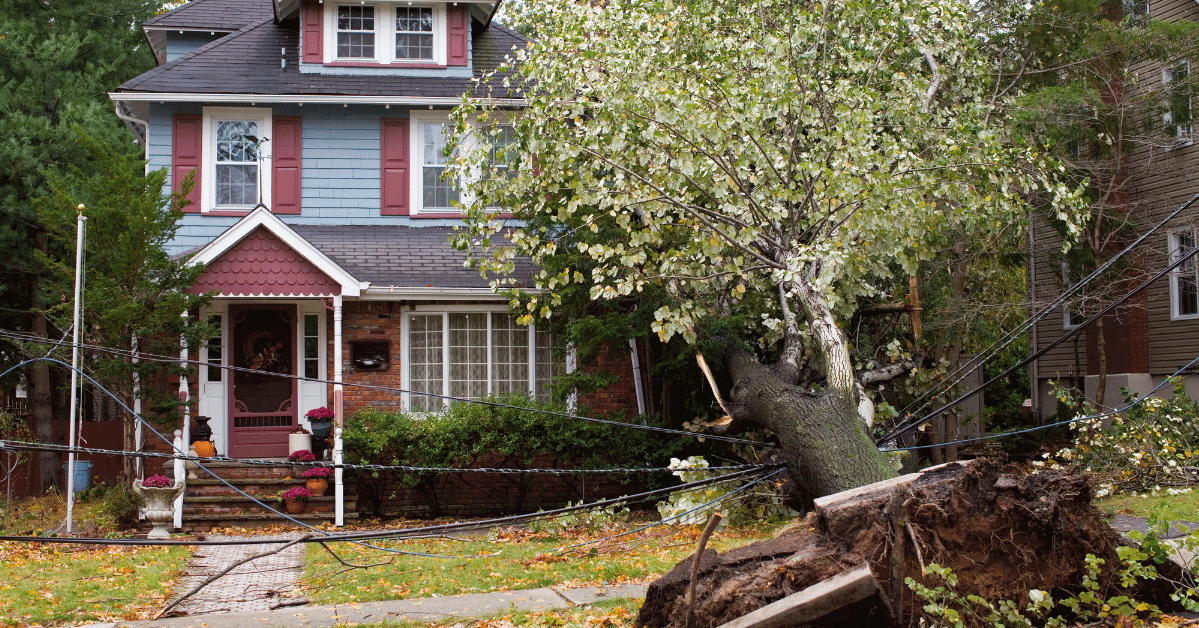Palm trees are prized for their elegant fronds and tropical allure. However, when those once vibrant green leaves turn brown, it can cause concern. Understanding the reasons behind this change in coloration is crucial for maintaining the health and beauty of your palm tree.
1. Environmental Stress:
One of the most common reasons for brown palm leaves is environmental stress. Palms are sensitive to changes in their surroundings, and factors such as extreme temperatures, drought, or excessive moisture can lead to stress. When stressed, a palm redirects nutrients away from its leaves, causing them to turn brown.
2. Improper Watering:
Overwatering or underwatering can both contribute to brown palm leaves. Palms prefer well-drained soil and are susceptible to root rot if their roots are consistently waterlogged. On the other hand, insufficient water can lead to dehydration, causing the leaves to dry up and turn brown.
3. Nutrient Deficiency:
Palms require specific nutrients for healthy growth. A lack of essential nutrients, such as magnesium or potassium, can manifest as brown spots or overall browning of the leaves. Regular fertilization with a balanced palm fertilizer can help prevent nutrient deficiencies and promote vibrant green foliage.
4. Pests and Diseases:
Insects and diseases can also be culprits behind browning palm leaves. Common pests like spider mites or scale insects can sap the vitality of a palm, causing discoloration. Additionally, fungal infections, such as Ganoderma butt rot, can lead to the gradual browning and wilting of palm fronds.
Do You Cut Brown Leaves Off Palm Trees?
Upon noticing brown leaves on your palm tree, you may wonder if pruning them is appropriate. While the instinct to trim away unsightly foliage is understandable, it's essential to approach palm pruning with caution.
1. Pruning Dead Fronds:
Dead or completely brown fronds can be safely pruned without harming the palm. Use clean, sharp pruning shears to remove these fronds near the trunk. Be cautious not to cut into the green, healthy part of the frond, as this can stress the tree further.
2. Avoid Over-Pruning:
It's crucial not to over-prune your palm tree. Palms derive essential nutrients from their fronds and excessively removing green, healthy leaves can hinder the tree's overall health. Aim to balance removing dead or brown fronds and preserving the tree's ability to photosynthesize.
3. Pruning Frequency:
Regular pruning may be necessary for aesthetic reasons, but avoid pruning too frequently. Palms naturally shed old fronds as part of their growth process. Wait until a frond is brown or dead before removing it to ensure you're not prematurely depriving the tree of nutrients.
Can Brown Palm Leaves Turn Green Again?
Once palm leaves turn brown, can they regain their lush green hue? The answer depends on the underlying cause of the browning and the tree's overall health.
1. Addressing Environmental Stress:
If the brown leaves result from environmental stress, addressing the root cause can help the palm recover. Ensure the tree is in an optimal location protected from extreme weather conditions. Consistent watering and avoiding over-fertilization can also contribute to the tree's recovery.
2. Nutrient Correction:
In cases of nutrient deficiencies, applying a balanced palm fertilizer can encourage the growth of new, healthy fronds. Be patient; the fresh leaves may take some time to emerge and replace the brown ones. Regular fertilization, following recommended guidelines, is critical to maintaining nutrient levels.
3. Pest and Disease Management:
Prompt intervention is necessary if pests or diseases are responsible for the browning. Consult a professional arborist to identify the issue and implement an appropriate treatment plan. In some cases, the affected leaves may not revert to green, but preventing further damage is essential for the overall health of the palm.
Conclusion
Brown palm leaves are a distressing sight. Still, your palm tree can recover its vibrancy with proper care and attention. Understanding the reasons behind the browning, cautious pruning, and addressing underlying issues are critical steps in rejuvenating your palm tree.
If you encounter challenges or need expert assistance, consider contacting tree care professionals like Strobert Tree Services, leaders in tree care in Delaware, Pennsylvania, Maryland, and New Jersey. Their expertise can help your palm trees thrive and continue adding beauty to your landscape.











